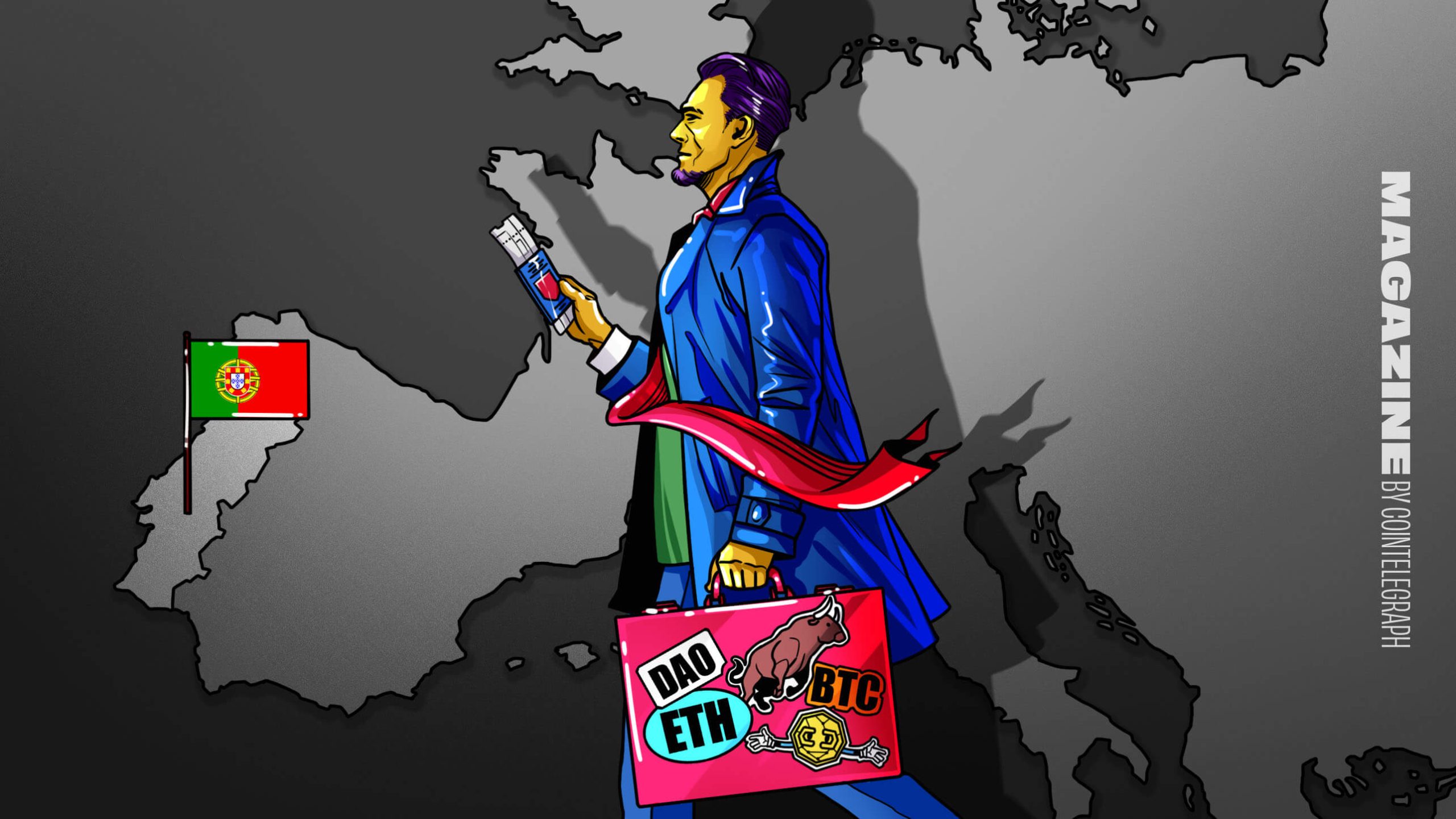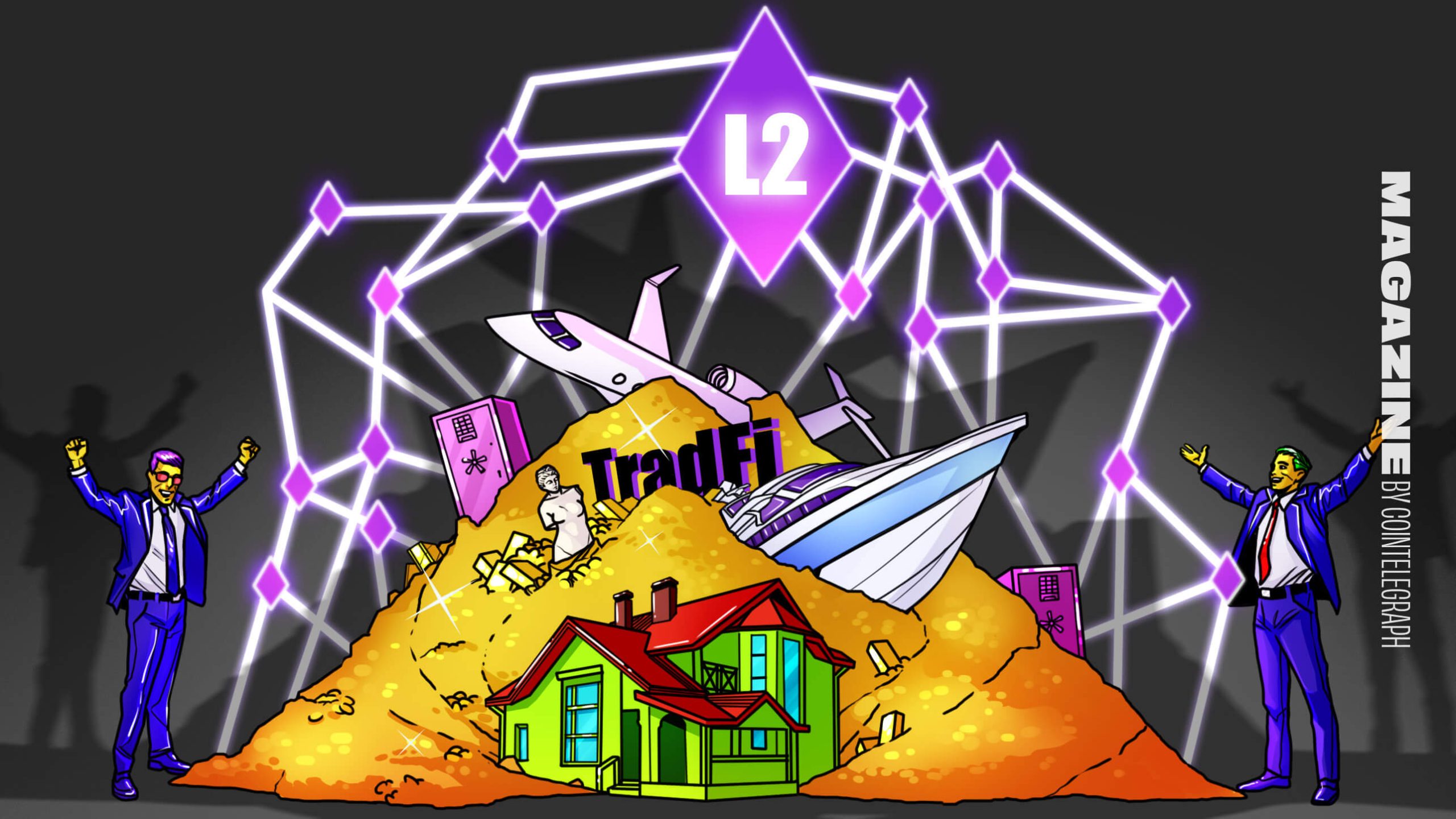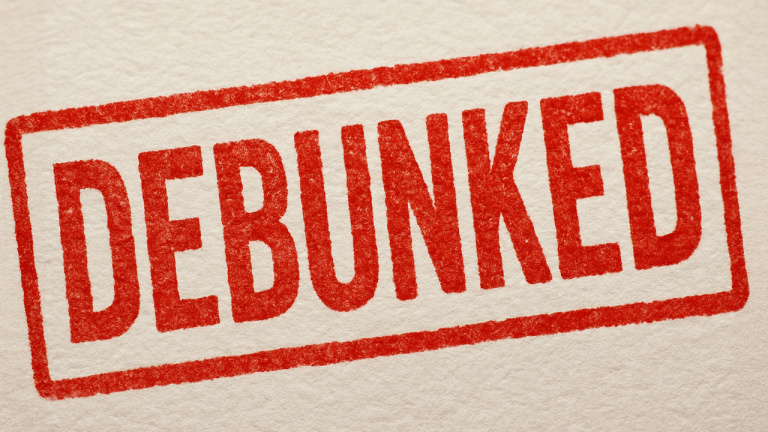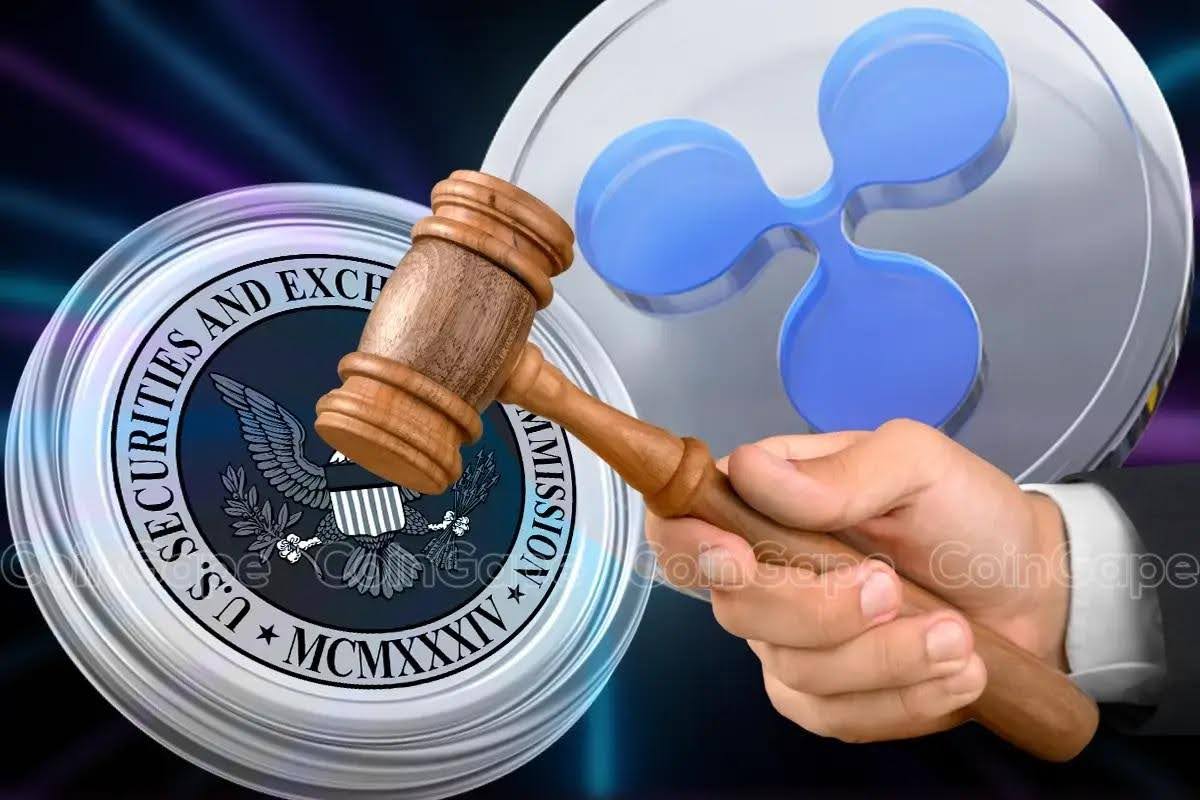The European Union is set to become the world’s first significant jurisdiction with a tailored, comprehensive crypto law through its Markets in Crypto Assets regulation (MiCA), which will take effect in 2024. This legislation promises to provide legal certainty and introduce compliance checks to enhance its consumer protection efforts.
Compliance-Related Updates and the Key Provisions of MiCA
Transparency and disclosure: Crypto issuers must publish detailed white papers outlining the specifics of the crypto-assets, including potential risks and environmental impacts. These white papers must be transparent, fair, and non-misleading.
Consumer protection: Providers must act in the best interest of their clients, offering transparent information about pricing, fees, and risks associated with crypto-assets. Crypto assets must be kept separate from providers' own assets, and client complaints must be handled promptly and effectively.
#MiCA, the Markets in Crypto-Assets Regulation, is the most comprehensive cryptocurrency regulation in the world. It was recently adopted by the European Parliament and is expected to come into force in 2024.Let's read more about it ???? pic.twitter.com/dWxSPcSnwx
— LCX (@lcx) October 4, 2023
Market integrity: MiCAincludes measures to prevent market abuse, such as insider trading and manipulation. It mandates the public disclosure of inside information and enforces strict rules against the unlawful dissemination of insider information.
Prudential requirements: Providers must maintain adequate financial resources, including meeting minimum capital requirements and having recovery plans to address potential financial difficulties.
Transition period: A transitional regime allows existing crypto-asset service providers to continue operating while they apply for the new MiCA licenses. This period extends until 2026, providing time for adaptation to the latest regulations.
Regulating Stablecoins
A significant portion of MiCA focuses on stablecoins,cryptocurrencies tied to the value of other assets, like traditional currencies. In MiCA, stablecoins are categorized as "e-money tokens" (EMTs) if they are linked to the value of a fiat currency or "asset-referenced tokens" (ARTs) if they are linked to other assets. These tokens must maintain appropriate reserves and be well-managed.
The regulations become stricter as the use of these tokens increases. To prevent them from undermining the euro, stablecoins not pegged to an EU currency are prohibited from exceeding 1 million daily transactions. The rules also apply to algorithmic stablecoins, like TerraUSD, which use automated coding to maintain their value.
The application of MiCA to non-fungible tokens (NFTs) remains to be seen, and regulators may need to examine each token individually to determine if it is unique or interchangeable.
This decision could have far reaching consequences with regards to how NFTs are marketed and resold as it may play a key role in determining if it is a security per the Howey Test. Must read. https://t.co/QodwOJqlcB#NFT #legal #law #crypto
— lawyr.eth (web3 lawyer) (@ethlawyr) February 22, 2023
Incentives for the European Crypto Industry
The EU crypto industry has largely supported MiCA, recognizing the high stakes of noncompliance, which could result in penalties reaching millions of euros or up to 12.5% of annual turnover. In return, licensed crypto providers receive a "passport" to operate across a market of 450 million people and gain clarity on regulatory expectations.
Future Directions for Crypto Regulation in Europe
MiCA will take effect on December 30, 2024, with stablecoin provisions starting six months earlier in June to allow time for industry and regulators to prepare. However, MiCA is not the final chapter in crypto regulation.
Other EU laws impacting the crypto sector address money laundering, tax avoidance, bank capital, cybersecurity, and distributed ledger technology-based securities trading. Future regulations may build upon the categories established by MiCA. By mid-2025, the European Commission will report on the need for additional laws to address NFTs and decentralized finance.
Under upcoming MiCA rules some stablecoins will face restrictions as unauthorized stablecoins.Binance won't delist any unauthorized stablecoins on spot but will limit their availability for EEA users only on certain products, such as launchpool and earn, and will propose…
— Binance (@binance) June 3, 2024
In light of recent market turmoil, some argue for stricter regulations, suggesting a shift from MiCA's tailored approach to one more closely aligned with conventional securities regulations. Time will tell!
This article was written by Sarafina Wolde Gabriel at www.financemagnates.com.
You can get bonuses upto $100 FREE BONUS when you:
💰 Install these recommended apps:
💲 SocialGood - 100% Crypto Back on Everyday Shopping
💲 xPortal - The DeFi For The Next Billion
💲 CryptoTab Browser - Lightweight, fast, and ready to mine!
💰 Register on these recommended exchanges:
🟡 Binance🟡 Bitfinex🟡 Bitmart🟡 Bittrex🟡 Bitget
🟡 CoinEx🟡 Crypto.com🟡 Gate.io🟡 Huobi🟡 Kucoin.




















Comments